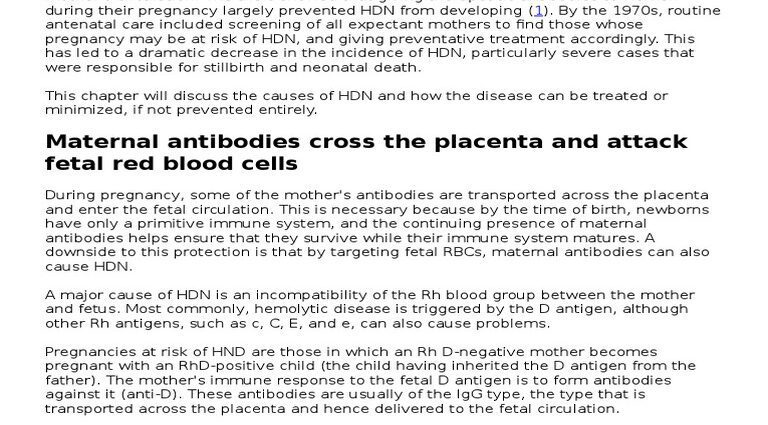Contents
Stillbirth: France does not have reliable figures
After the death of a baby in utero for lack of care from his mother at the maternity hospital in Port-Royal, it is surprising to discover that France is the only European country not to have precise statistical data on these death.
The drama of this Parisian couple who lost their baby at the end of January 2013 after being turned away twice from the maternity hospital in Port-Royal obviously raises the question of staff numbers in French hospitals and the overcrowding of type 3 maternity hospitals. raises another. We know that France has gone from seventh to twentieth in Europe in the ranking of the lowest infant mortality rates. What about mortality (birth of a lifeless child) ? Are we here too poorly positioned compared to other European countries? As unbelievable as it may sound, it is impossible to answer this question. France is the only European country, along with Cyprus, to be unable to give precise and up-to-date figures on in utero mortality.
In 2004: a high stillbirth rate
In 2004, we had the highest stillbirth rate in Europe: 9,1 per 1000. According to Inserm, at the time, this figure could be explained by an active policy of screening for congenital anomalies and by the practice of rather late medical interruptions. As stated in the report of the Court of Auditors of February 2012, this high rate justified that its evolution over the years be closely followed and that investigations be carried out to understand its origin. Being able to distinguish spontaneous fetal deaths (as in the Port Royal affair) from IMGs is an obvious prerequisite for understanding the gap with other European countries, in order to be able to identify the origin of these deaths and better prevent them. Not only has this distinction not been made since 2004, the figures no longer even exist. “France is no longer able to produce a reliable indicator for children born without life”, writes the Court of Auditors in its report. The latest figures given by Inserm date from 2010 and the stillbirth rate is said to be 10 per 1000 births, one of the highest rates in the European Union. But Inserm immediately states: “However, the stillbirth rate and its evolution cannot be estimated with precision, because the size of the sample used in this survey is not suitable for events having this frequency.”
The 2008 decree killed the epidemiological collection
Why this disappearance of precise figures when precisely, more detailed epidemiological data were expected since 2004? Because in 2008 a decree modified the modalities of registration in the civil status of children born without life. Before 2008, according to WHO recommendations, all stillbirths after 22 weeks of gestation or weighing more than 500 grams had to be registered in the registers deposited at the town hall. But in 2008, when three families filed a complaint to be able to register their dead child before this deadline, the Court of Cassation ruled in their favor. And a decree changes everything: parents can register their child in the civil status regardless of its gestational age (and without this gestational age being specified) or not register it at all. This signals the end of the collection of stillbirth figures (which only concerns fetuses over 22 weeks) and explains this disillusioned precision of epidemiologists in a document from Inserm of 11 December 2008: “Unfortunately, recent changes regulations and the interpretation of previous texts relating to the registration of stillbirths in 2008 should limit our analytical capacity. It will no longer be possible to calculate a stillbirth rate according to a rigorous definition, and therefore to compare French data with other available European data ”. As it was not possible for France to continue to distinguish itself by this lack of figures, a new registration method came into force in early 2013. Hospitals and clinics will take care of the registration of stillbirths after 22 weeks of pregnancy, as was done by civil status before 2008. Epidemiologists are now crossing their fingers that health personnel play the game.










